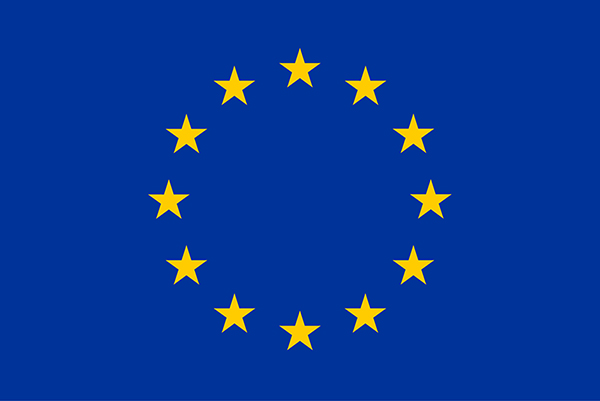Perimeter and Coverage of ETER
ETER Perimeter
As a database of information on higher education institutions (HEIs) in Europe, defining the criteria according to which HEIs are included is a core task for ETER. In principle, all institutions where students may graduate at tertiary level (levels 5 to 8 of the International Standard Classification of Educational Degrees – ISCED) may be included.
However, the European higher education landscape presents institutions that differ in programme profiles, institutional mission, student and staff profiles and internal organisation, all of which impact on data availability and collection methods. Thus, since ETER does not necessarily cover the whole of tertiary education, an accurate description of the coverage is essential to match data with EUROSTAT national aggregates and ascertain whether individual cases of HEIs are excluded.
Coverage of ETER
ETER covers all 27 European Union member states, EEA-EFTA countries (Iceland, Liechtenstein, Norway and Switzerland), as well as candidate countries (Albania, Bosnia-Herzegovina, Kosovo, the Republic of North Macedonia, Montenegro, Serbia and Türkiye), as well as Holy See and Andorra, and the UK for a total of 41 countries.
As EUROSTAT, the statistical office of the European Union, also provides data on tertiary level institutions, it is important to ensure comparability between data sets in ETER and
EUROSTAT. Therefore, an additional goal of this document is to provide a description of the ETER coverage in terms of types of institutions included and the number of students compared to the EUROSTAT coverage.
Here, you can find the comparison based on a systematic analysis of the composition of national tertiary education, completed in 2017 (based on the 2016 data release) by the ETER consortium in close cooperation with National Statistical Authorities. It builds largely on a comparison between ETER coverage and the ISCED mappings of national education systems.
Some results of the analysis:
- The ETER coverage is very close to EUROSTAT national aggregates at ISCED levels 6, 7 and 8 for most countries, which shows that the perimeter is largely the same.
- The coverage is more extensive than research universities, including also almost all colleges and large numbers of specialised schools like art and music schools (only 40% of the ETER HEIs have the right of awarding PhD degrees).
- France Germany and Switzerland represent specific country cases where ETER coverage at ISCED level 6 is relatively low when compared with EUROSTAT, due to the
existence of a large professional sector delivering degrees at ISCED levels 6 and 7. - ETER coverage at ISCED level 5 is limited to HEIs delivering also degrees at ISCED level 6 and 7. Therefore, coverage at this level (when compared with EUROSTAT) varies strongly by country.
For further detail, please refer to the full report on comparison of the ETER perimeter with EUROSTAT (2016). An updated analysis based on the most recent data release will be updated shortly.
